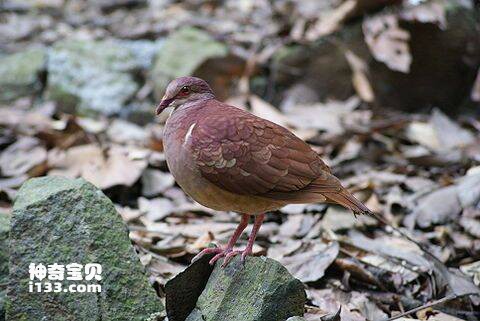
Geotrygon montana
Geotrygon montana,Ruddy Quail-dove
Geotrygon montana and Ruddy Quail-dove are unknown.Listed in the Internation···
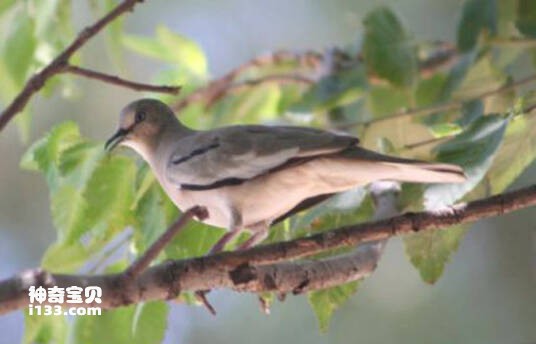
Geotrygon violacea
Geotrygon violacea,Violaceous Quail-dove
The purple Quail dove is known as Geotrygon violacea and Violaceous Quail do···
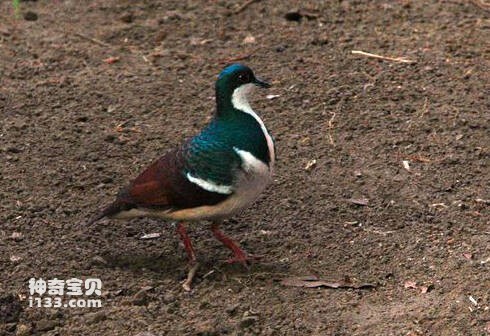
Gallicolumba keayi
Gallicolumba keayi,Negros Bleeding-heart
Its scientific name is Gallicolumba keayi and its foreign name is Negros Ble···
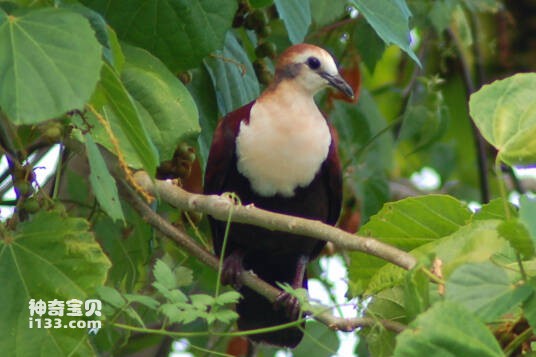
Gallicolumba xanthonura
Gallicolumba xanthonura,White-throated Ground-dove
Its scientific name is Gallicolumba xanthonura, and its foreign name is Whit···
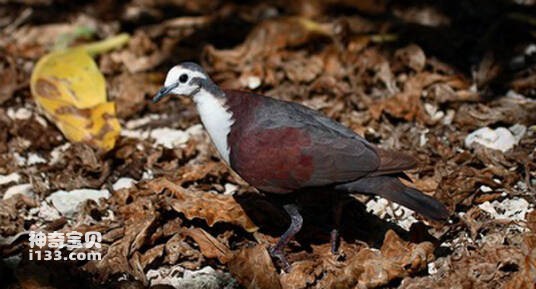
Gallicolumba erythroptera
Gallicolumba erythroptera,Polynesian Ground-dove,Society Islands Ground-dove,White-collared Ground-dove
Gallicolumba erythroptera, Polynesian Ground-dove, Society Islands Ground-do···
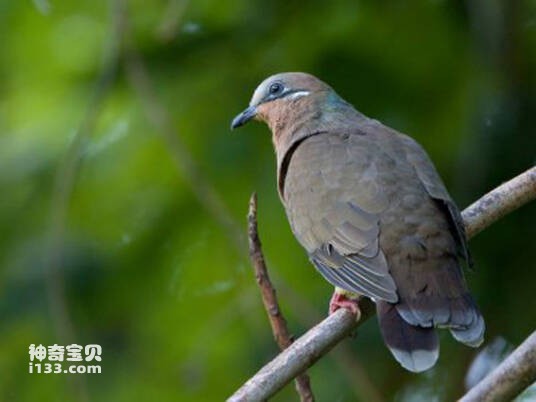
Gallicolumba menagei
Gallicolumba menagei,Sulu Bleeding-heart
Its scientific name is Gallicolumba menagei and its foreign name is Sulu Ble···
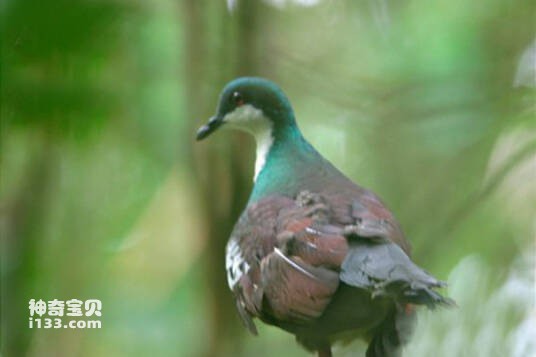
Gallicolumba platenae
Gallicolumba platenae,Mindoro Bleeding-heart
Its scientific name is Gallicolumba platenae and its foreign name is Mindoro···
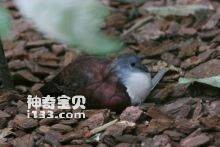
Gallicolumba sanctaecrucis
Gallicolumba sanctaecrucis,Santa Cruz Ground-dove
Its scientific name is Gallicolumba sanctaecrucis, and its foreign name is S···
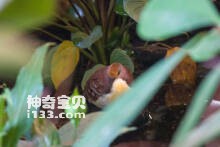
Gallicolumba rufigula
Gallicolumba rufigula,Cinnamon Ground-dove
Its scientific name is Gallicolumba rufigula, and its foreign name is Cinnam···
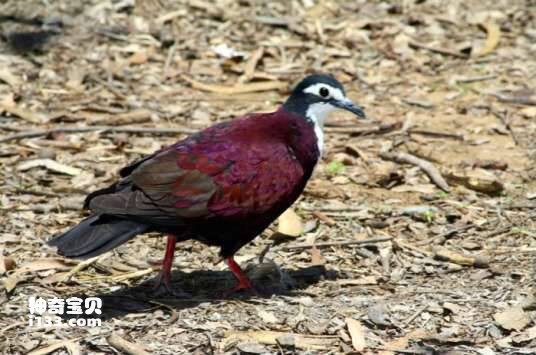
Gallicolumba jobiensis
Gallicolumba jobiensis,White-bibbed Ground-dove
Its scientific name is Gallicolumba jobiensis, and its foreign name is White···
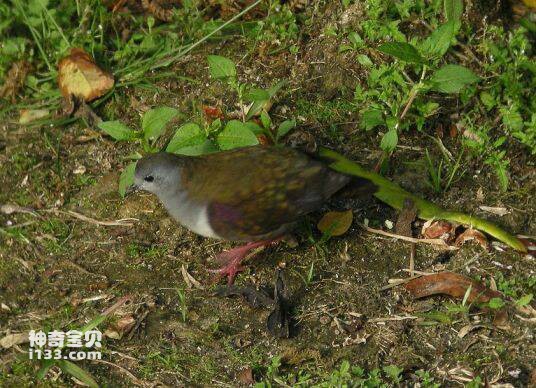
Gallicolumba beccarii
Gallicolumba beccarii,Bronze Ground-dove
Its scientific name is Gallicolumba beccarii and its foreign name is Bronze ···
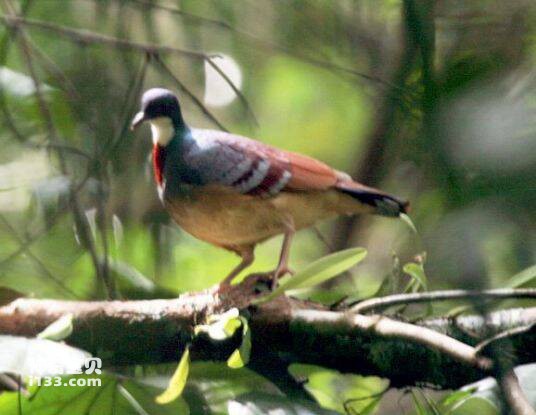
Gallicolumba criniger
Gallicolumba criniger,Mindanao Bleeding-heart
Its scientific name is Gallicolumba criniger, and its foreign name is Mindan···
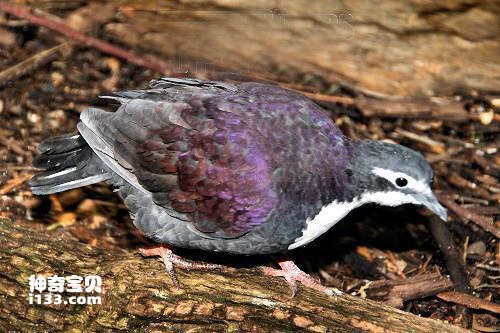
Gallicolumba kubaryi
Gallicolumba kubaryi,Caroline Islands Ground-dove,Caroline Ground-dove
Its scientific name is Gallicolumba kubaryi, and its foreign names are Carol···
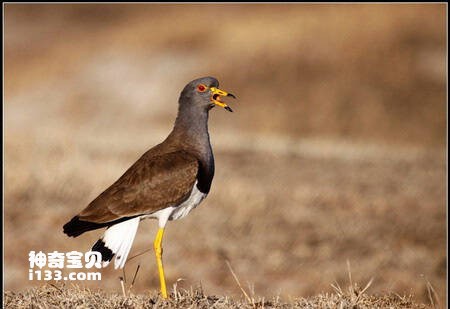
Gallicolumba canifrons
Gallicolumba canifrons,Palau Ground Dove
Its scientific name is Gallicolumba canifrons, and its foreign name is Palau···
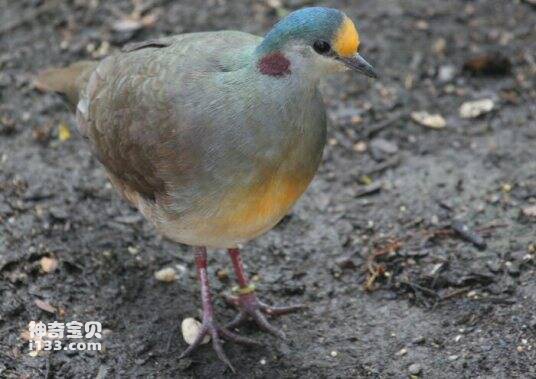
Gallicolumba tristigmata
Gallicolumba tristigmata,Sulawesi Ground-dove
Gallicolumba tristigmata, Sulawesi Ground-dove, is quite docile. Specific ha···

Gallicolumba luzonica
Gallicolumba luzonica,Luzon bleeding-heart(英文),Dolchstichtaube(德文),ヒムネバト(日文)
Luzon pigeon (scientific name: Gallicolumba luzonica) Luzon bleeding-heart (···
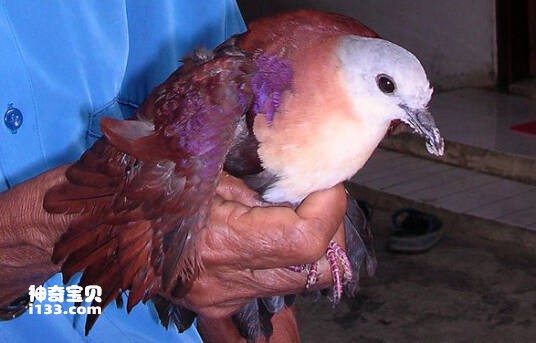
Gallicolumba hoedtii
Gallicolumba hoedtii,Wetar Ground-dove
Its scientific name is Gallicolumba hoedtii, and its foreign name is Wetar G···
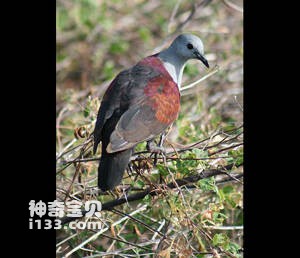
Gallicolumba rubescens
Gallicolumba rubescens,Marquesan Ground-dove
Gallicolumba rubescens and Marquesan Ground-dove are unknown.Listed in the I···

Gallicolumba stairi
Gallicolumba stairi,Shy Ground-dove,Friendly Ground-dove,Tongan Ground Dove
Gallicolumba stairi, Shy ground-dove, Friendly ground-dove, Tongan Ground Do···
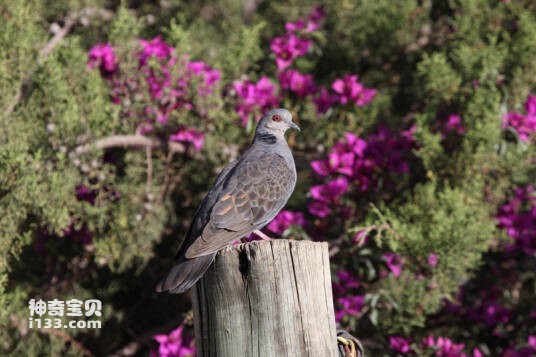
Streptopelia lugens
Streptopelia lugens,Dusky Turtle-dove
Its scientific name is Streptopelia lugens, and its foreign name is Dusky Tu···
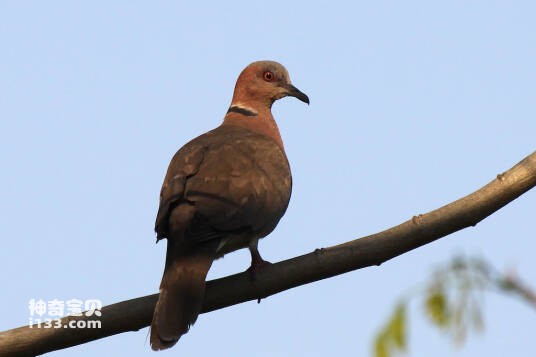
Streptopelia bitorquata
Streptopelia bitorquata,Island Collared-dove
The Javan turtle dove, known as Streptopelia bitorquata or Island Collared d···
